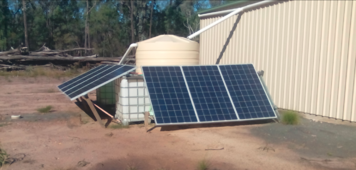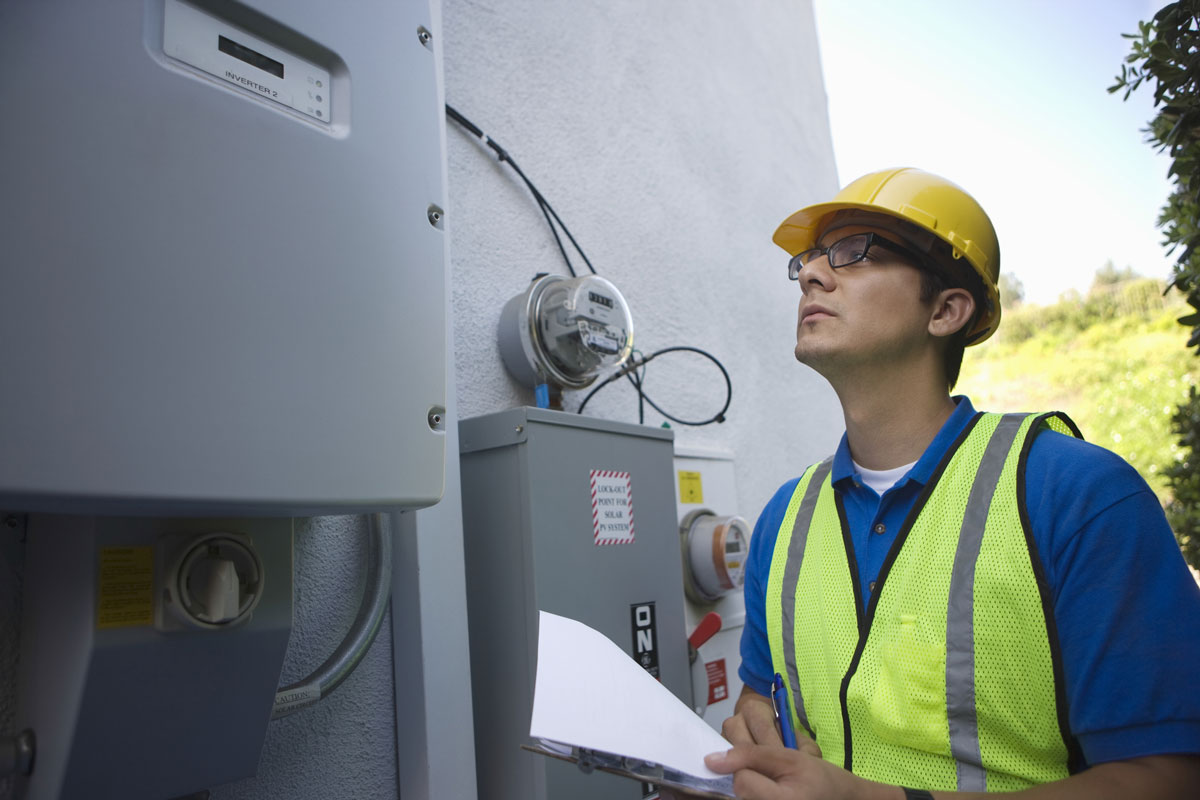再生可能 エネルギー
New Member
- Joined
- Nov 28, 2019
- Messages
- 261
The disconnect has to be automatic, i.e., if the main cut off switch is engaged, the panel attached shutdown module activates. Since voltage is the concern, I would assume the unit actually shorts the panel internally to eliminate voltage.
Some Tigo optimizers have this function built-in ($50/panel), and they make standalone cut-offs ($35/panel) as well.
Microinverters take care of it since they're already on each panel.
Now if the
No. The PV panel must not present a shock hazard to someone on the roof.
Is there a specific NEC rule defining how the automatic solar panels disconnect should occur and be triggered?
- It seems that, from the above comment, if the main powers switch of a building is turned off,
this will de-energize the whole solar shutdown system.
But in case of a fire, should the main power switch been shutdown automatically, by a smoke detector for example,
or should a firefighter's first operation would be to turn off the main power? If the main power cannot be accessed
because of its location, on the back of a building or inside a garage, nobody would then be able then to turn off the power.
- Should there be a way then to de-energize the whole solar shutdown system using a special switch easy to access,
such as from the front of a building?
Now in case of an outage, there will be no power to the building from the Grid,
and as a result, the whole solar shutdown system will be de-energized.
However would there be a way to use solar energy in this case, especially if the outage is not temporary
and occurred because of a major disaster, such as an earthquake or a tornado?
- So would there be a contingency mechanism able to keep the whole solar shutdown system to stay energized in case of an outage?
In the case of an Of-Grid installation, since there is no typical outside accessible meters and main switch:
- how a firefighter would know how to turn off the main power and shutdown the solar system?
In case of an inspection of a building (connected or not to the Grid), beside turning off the main power,
which can be not very practical when the building is occupied,
- is there a specific easy way to test the whole solar shutdown system?
Last edited:




